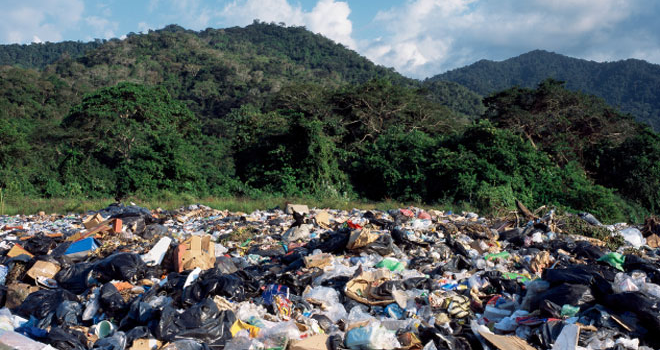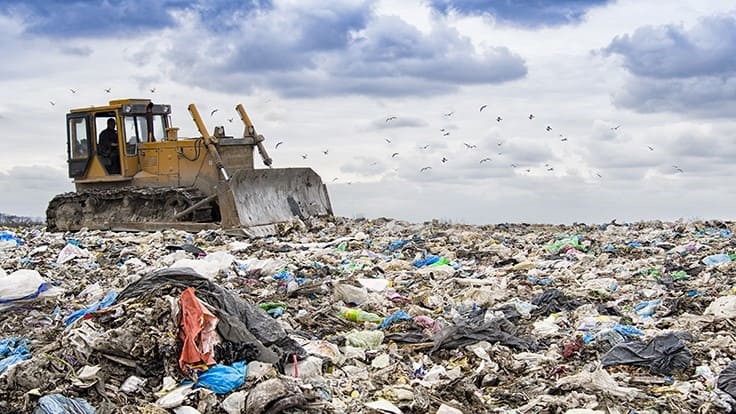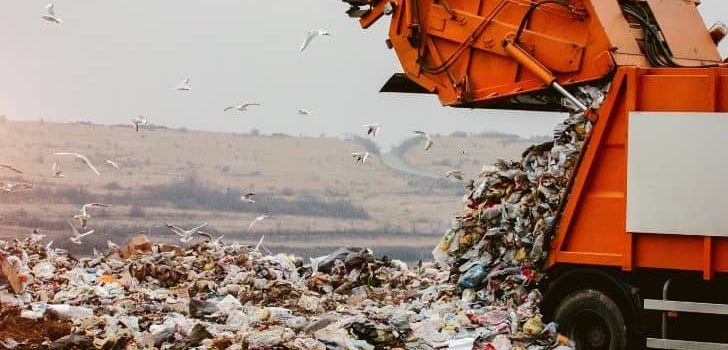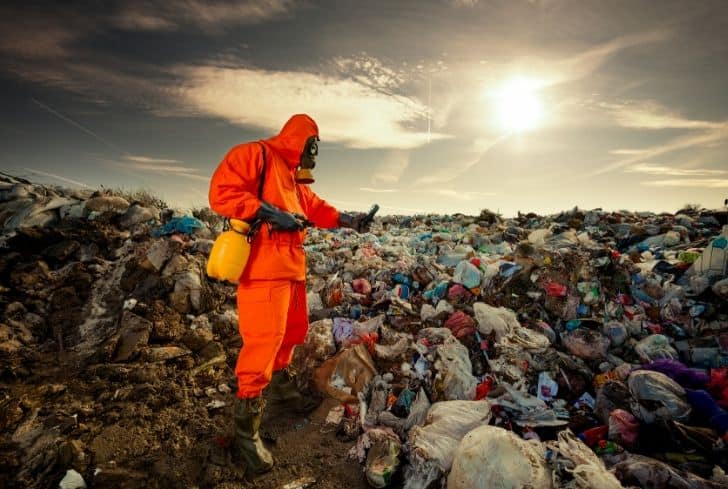The state government of North Carolina has started to follow the federal government’s lead in its attempts to downplay the significance of environmental preservation initiatives.
The state’s concern for drinking water pollution makes this plainly evident. The NC state started warning residents who lived close to coal-fired power stations that their water supply was affected, following the Daniel River Coal Ash Spill. North Carolina landfills is another problem the government must tackle.
Hexavalent chromium, a known carcinogen, and vanadium, an additional potentially hazardous substance, were identified in high concentrations in the well water provided to these locations. This was certainly cause for alarm, and many people wondered what was contaminating their drinking water.
What Effects Does Breathing North Carolina’s Polluted Air Have
In healthy persons, air pollution can lead to sickness. Each year, it causes 500,000 days lost from work and millions of occurrences of runny noses and shortness of breath among residents of North Carolina. Each year, air pollution is thought to be the cause of 2,000 hospital admissions for cardiovascular illness and 6,000 hospital visits for respiratory ailments.
According to national statistics, poor diet and physical inactivity are the two leading causes of early death, with smoking coming in third. Each year, harmful air pollution results in thousands of sick days missed from school and several baby fatalities.
Does North Carolina Have Air Pollution
The term “The Ozone Season” typically refers to the period from the beginning of February to the end of October. The initiatives were launched from a central division. The old regional forecast system was replaced by the county-based approach in order to organise the data and make it available as quickly as possible.
To assist North Carolinians in scheduling their outside activities, the new procedure will continue to track and forecast ozone and particulate matter, or PM2.5, using the air quality index (AQI). It will also provide appropriate AQI colour codes.
A harmless gas called ozone naturally exists in the stratosphere of the Earth and aids in shielding us from dangerous ultraviolet rays. At floor level, however, ozone is a hazardous pollutant that results in a type of lung “sunburn,” which sets off inflammation and makes breathing difficult.
On warm, bright days with minimal wind, nitrogen oxides (NOx) mix with hydrocarbons to produce ozone in the atmosphere. Because of ongoing emission reductions from its main sources of air pollution power plants, industry, and motor vehicles ozone is continuing to decline in North Carolina, where it was previously the state’s most pervasive air quality concern and a cause of breathing issues.
The Value Of Local Initiatives In North Carolina
Although the state of North Carolina’s drinking water pollution is dire, there is yet hope. State Representative emphasised the value of grassroots initiatives when discussing the state’s fight against water contamination.
It is regrettable that many of the environmental measures in North Carolina that are currently pending will be dropped, the sheer number of such bills shows the state’s increasing need for environmental protection laws.
Even with such laws in place, grassroots initiatives are still necessary to keep things moving forward, as demonstrated by the $12 million fine imposed on Chemours, a chemical facility that was in charge of contaminating the Cape Fear River’s drinking water.
Problem With Water Pollution In North Carolina
Action-demanding initiatives slowed after North Carolina regulators chose to support Duke Energy. Looking back, it is unfortunate to see that North Carolina’s apparent failure to hold Wind Energy accountable made this choice seem like business as usual.
No matter what the public tried, regulators seemed to always support Duke Energy. There were not many rules in place up until recently to control coal ash storage. There were numerous opportunities for coal ash to leak into groundwater and contaminate drinking water in North Carolina, which had 31 coal ash ponds in all. Fortunately, there is now a requirement of federal law to close nuclear waste ponds with structural problems.
Although it is simple to believe that North Carolina’s drinking water pollution is now at an end as a result of this announcement, this is not the case. The Wake County Water Quality Division has detected dangerous amounts of radon, radium, and uranium in private bore water sources even as of right now.
With this supply being pushed into thousands of homes, it is obvious that the problem’s urgency has grown over time. We must stop filling North Carolina landfills. Although the issue is not new, too many Carolinians are reportedly ignorant of it.




